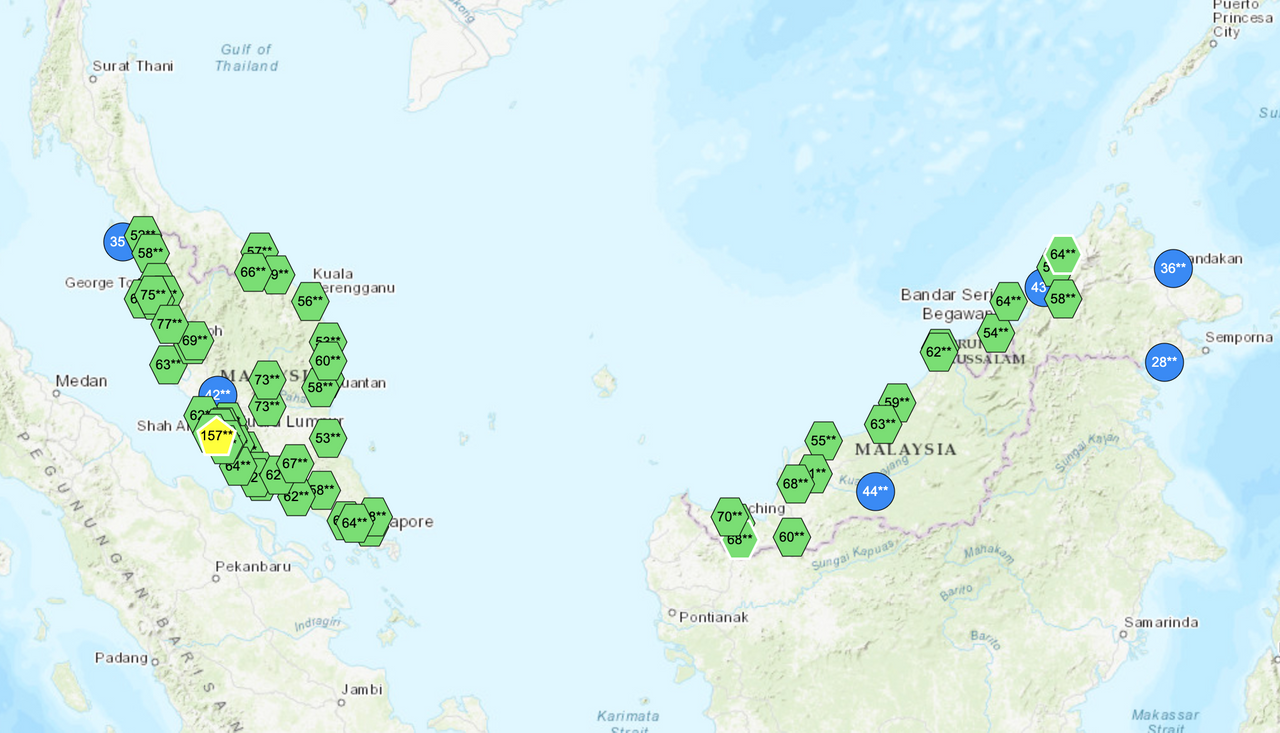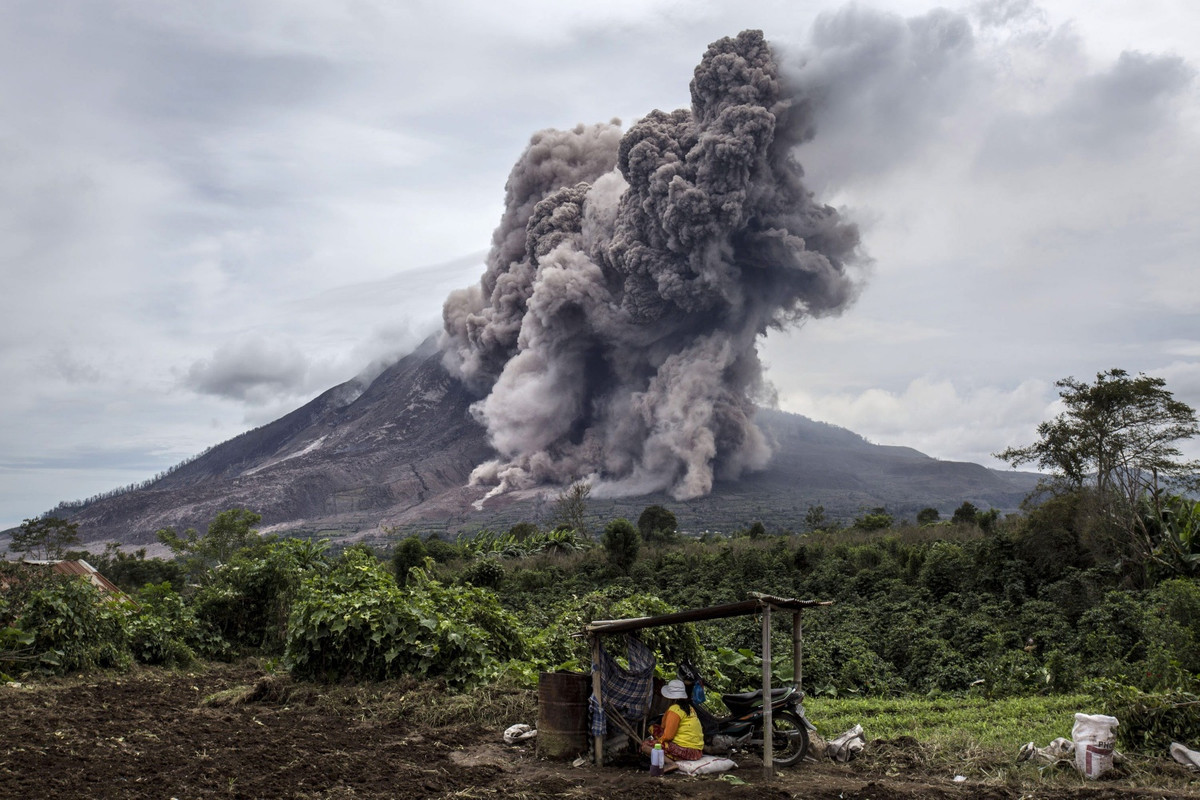Mount Sinabung Erupts For The Second Time In 3 Days. What Does This Mean For Malaysians?
The eruption sent 5km of volcanic ash into the sky.
Indonesia's Mount Sinabung erupted on Monday, 10 August, for the second time in three days, sending a giant column of ash 5km into the sky
According to the Malaysian Meteorological Department (METMalaysia), the eruption took place at 11.37am yesterday and is said to be bigger than that of Saturday's.
Residents captured footage of the eruption, showing thick plumes of smoke and dark ash rising from the peak of the 2,460m mountain in Karo, North Sumatra.
Though no one lives in the immediate area surrounding the volcano, nearby communities were coated in layers of ash
AFP quoted Namanteran village head Rencana Sitepu as saying, "It was like magic… when the ash came, it went from being very bright to dark as night."
"The village went dark for about 20 minutes."
Their crops have also been destroyed by the fallout.
Reuters reported that the eruption saw no casualties and residents have since been advised to remain outside of a 3km radius of the volcano.
Although METMalaysia expects the volcanic ash to head towards northern and eastern states in Malaysia, they do not foresee any changes to the country's air quality
The volcanic ash was predicted to have begun entering Malaysian airspace last night, namely affecting states such as Kedah, Kelantan, Pahang, Perak, Perlis, Penang, and Terengganu.
Based on the Hybrid Single Particle Lagrangian Integrated Trajectory Model (HYSPLIT), METMalaysia has found that there is no cause for worry as there will be little change to the air quality.
A quick check of the Air Pollutant Index (API) shows normal readings for many states throughout Malaysia.
API readings at the time of writing this: blue represents good, green is moderate, and yellow is an unhealthy API level.
Image via Air Pollutant Index of Malaysia (APIMS)Mount Sinabung had been inactive for over 400 years before roaring back to life in 2010
Roughly 130 active volcanoes are found in Indonesia thanks to its position within the 'Ring of Fire', a region circling the Pacific Ocean where frequent seismic activity takes place.


